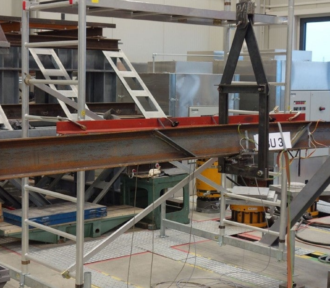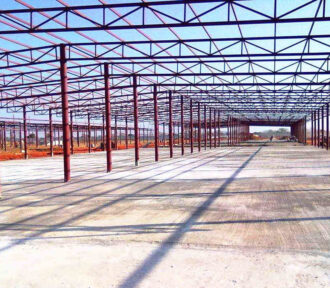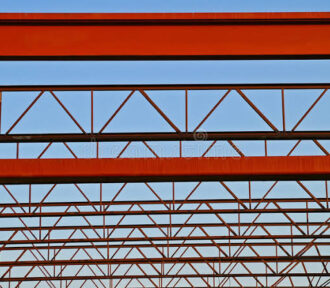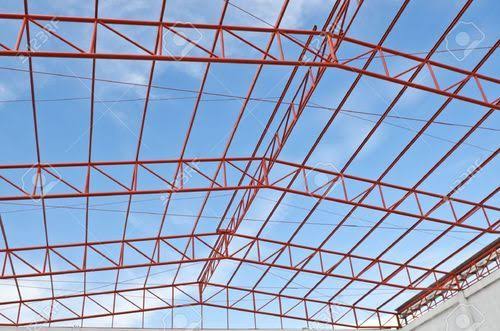Structural steel elements are amenable to failure due to lateral torsional buckling, when measures that recognizes this risk have not been considered in design. This article briefly, explains how the structural engineer can deal with lateral torsional buckling when analyzing steel structures.
Tag: Trusses
Many problems of long spanning in structural engineering can be resolved through the use of steel trusses. These days, long span structures are very popular– from sport arena roofs to auditorium galleries, airport terminals, railway stations etc….
A truss is a triangulated assembly of interconnected elements, pinned at the nodes and typically having all external forces and reactions applied at the nodes (Figure 1). Trusses are extremely strong and a very cost-effective solution when compared to other structural options
Steel elements are often required to sustain tensile forces, these elements are referred to as tension members or tie. Example of tension members includes steel bracings in buildings, roof truss members, cables et
The principle of virtual work sometimes known as the “unit-load” method was developed by John Bernoulli in 1717. It is a direct application of the principle of conservation of energy




